Cuando en 1830 el territorio de la actual Chicago tan sólo se componía de bosques, praderas, pantanos y ríos, nadie podía imaginarse que en el año 2010 ya sufriría un importante problema de falta de espacio. Esta ciudad, que debe su nombre a la palabra potowatami Checaugau (cebolla silvestre), se divide en dos áreas claramente diferenciadas por su densidad de uso del suelo: el centro de negocios o Loop y los barrios residenciales.
La primera se caracteriza por altos rascacielos que reúnen una elevada densidad de población durante las horas laborables del día y se ven prácticamente desiertos cuando cesa la actividad económica de la ciudad. Este uso del suelo provoca que la densidad media de población en el centro de negocios no supere los 4.680 habitantes por kilómetro cuadrado, a pesar de la gran cantidad de edificios en altura existentes.
Los barrios residenciales, por el contrario, se distribuyen en viviendas unifamiliares. Sin embargo, la densidad de población es prácticamente igual a la que puede encontrarse en el Loop (5.000 habitantes por kilómetro cuadrado, de media). El territorio está dividido en parcelas ocupadas por una sola familia y la distancia entre las edificaciones es mínima, por lo que la saturación del terreno, en cuanto a construcción se refiere, es muy elevada.
Esta división de la ciudad por usos provoca que sus habitantes deban recorrer largas distancias cada día para llegar a su puesto de trabajo, mayoritariamente en su propio vehículo, lo que ha convertido el tráfico de Chicago en el más congestionado de toda la nación. Los distintos grupos sociales afirman que algunas de las causas de esta saturación son la falta de un plan del uso del suelo que fomente los espacios abiertos y saque mayor partido a las carreteras y vías de tren; además de los incentivos que reciben las autoridades locales por concentrar los centros de negocios y alejarlos de las zonas residenciales.
De lo que no cabe duda es de que la situación actual es la clara consecuencia de un proceso que ha durado casi 180 años, como puede apreciarse en los gráficos recogidos de la exposición Revealing Chicago: An Aerial Portrait, de Terry Evans, que siguen a continuación.
Fotos realizadas por Javier Mozas y Pablo Mozas, disponibles bajo pedido.

Antes de la expansión hacia el oeste: En 1830, el terreno que ocupa Chicago en la actualidad estaba compuesto, en su mayor parte, por praderas y bosques. La ocupación del suelo por el ser humano se reducía a los asentamientos colonos y nativos

Un paisaje en transformación: 70 años después, las praderas habían pasado a producir alimentos en forma de campos de cultivo y la ciudad (en rojo) ya contaba 1.700.000 habitantes. Se trata del desarrollo urbano más rápido de la historia

La explosión suburbana: Chicago comienza a crecer a lo alto, en forma de rascacielos, y a lo ancho, a través de barrios residenciales compuestos de viviendas unifamiliares

Un territorio bajo presión: Han bastado 50 años para que la ciudad incremente su extensión en un 165%. La población, sin embargo, creció un 48%. Por primera vez, puede apreciarse la creación de espacios urbanos abiertos (en verde claro)

La amenaza inminente: Éste es el aspecto que mostrará Chicago hacia el año 2030, si continua desarrollándose en la misma línea

Vista desde el centro de negocios hacia el norte de Chicago

Vista desde el centro de negocios hacia el noreste

Vista desde el centro de negocios hacia el noreste, con el John Hancock Center hacia el norte

Vista desde el centro de negocios hacia el sur, con el río Chicago

Vista aérea hacia el oeste, con uno de los múltiples cruces de autopistas de la ciudad













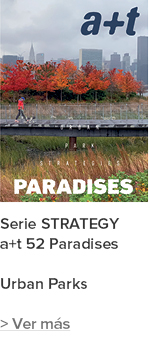
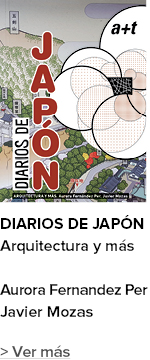






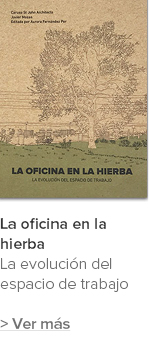

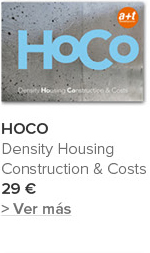


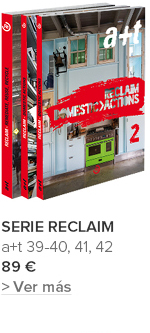
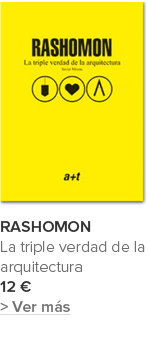








 He leído y acepto las
He leído y acepto las 


